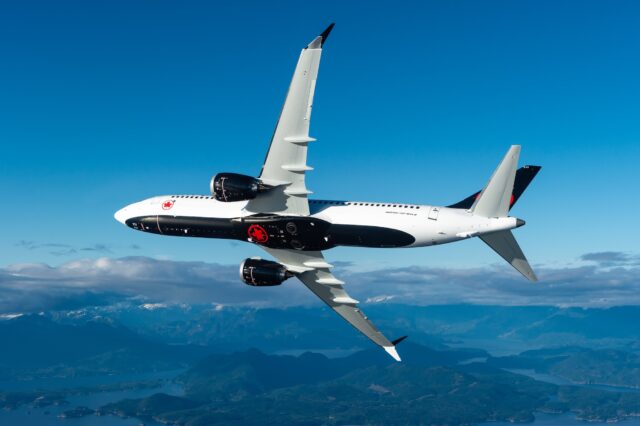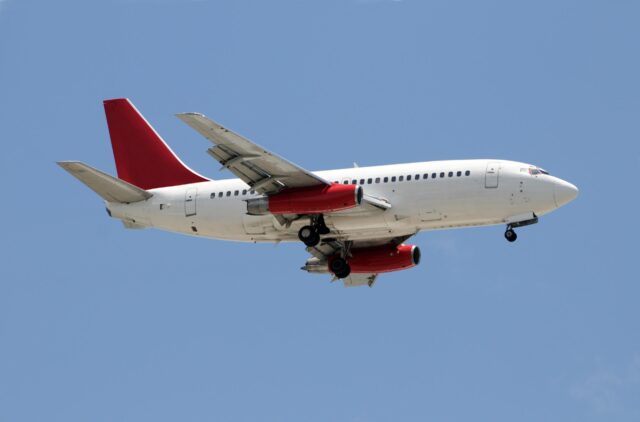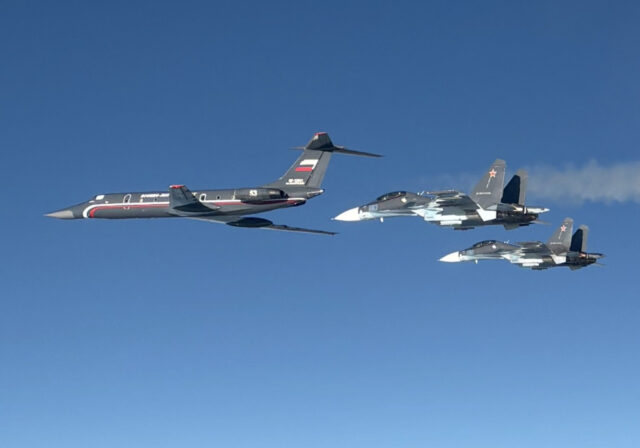Britten-Norman Islander chosen to trial 5G connectivity from the edge of the stratosphere

November 24, 2025
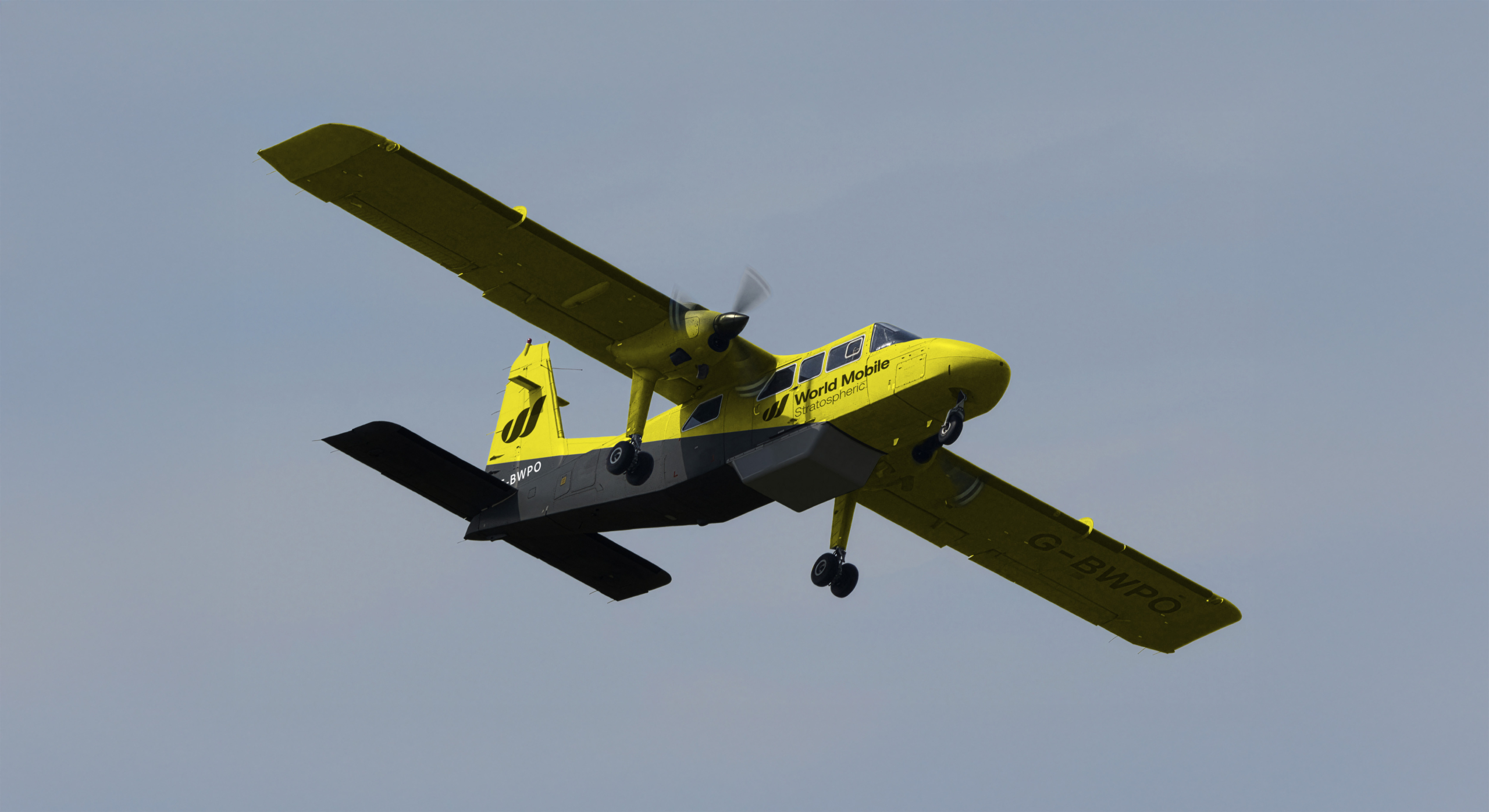
For years, the idea of delivering mobile coverage from the edge of space has lived mostly in engineering studies rather than operational networks.
Now, a partnership between World Mobile Stratospheric (WMS) and British aircraft manufacturer Britten-Norman is pushing the concept closer to commercial use.
The two companies have begun preparing an airborne 5G demonstration using a BN2T-4S Islander, part of a wider movement across aerospace and telecoms to use high-altitude platforms to reach communities that lack reliable connectivity or have seen infrastructure destroyed by natural disasters.
At the centre of this effort is a class of systems known as High-Altitude Platform Stations, or HAPS, effectively radio stations mounted on aircraft or airships flying far above commercial air traffic at roughly 20 to 25 kilometres (12 – 15 miles).
From this height, an aircraft can view vast areas of ground below and act as an airborne mobile tower, providing broadband coverage that would otherwise require dense clusters of terrestrial sites. Crucially, HAPS can also restore communications quickly in disaster-hit regions where networks are often the first systems to fail.
WMS and Britten-Norman begin 5G flight tests using BN2T-4S Islander
Under the new collaboration, WMS has acquired a BN2T-4S Islander, a larger, turbine-powered version of Britten-Norman’s familiar utility aircraft. It is being equipped with a phased-array antenna capable of delivering real-time 5G signals across an approximate 15-kilometre radius. Trials are due to begin in mid-2026 near Ipswich, in partnership with BT’s research centre at Adastral Park.
The Islander recently gained FAA type certification for its turboprop variant, making it a practical platform for early demonstration work. Rather than attempting immediate stratospheric operations, the aircraft will fly at mid-altitudes, allowing engineers to refine the 5G payload, validate beam-forming and assess how airborne equipment performs under varied weather and flight conditions.
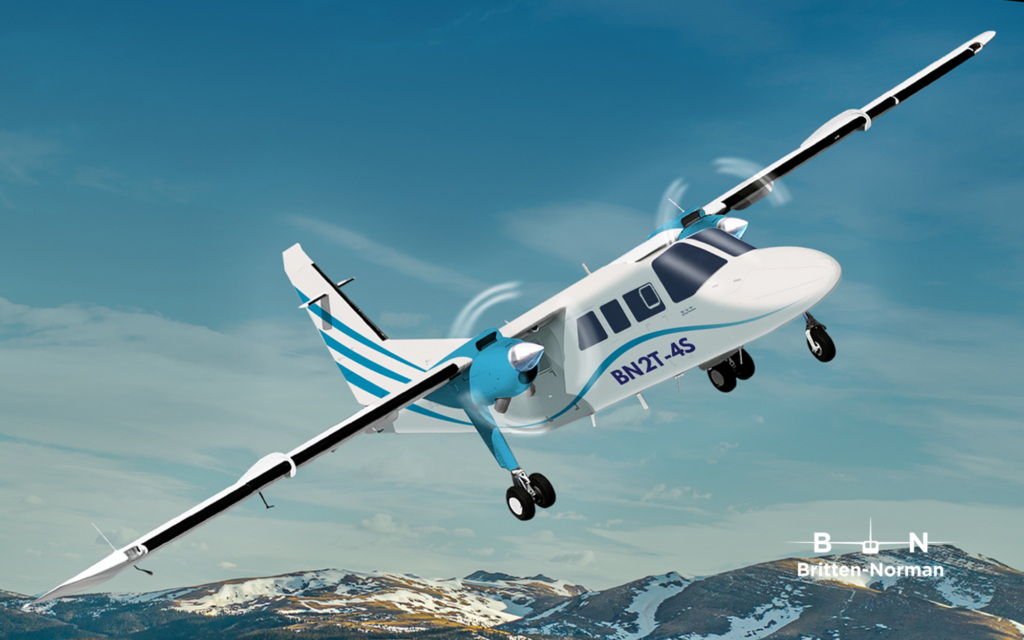
WMS sees this as a necessary stepping-stone toward its longer-term goal: a hydrogen-powered stratospheric aircraft capable of operating at around 20,000 metres and supporting hundreds of thousands of direct-to-handset connections.
Flight-testing will be managed by Britten-Norman under its regulatory approvals, while WMS leads the telecommunications integration. The companies stress that the objective is not simply to show that airborne radios work, as that has already been demonstrated, but to understand how such systems can integrate with live mobile networks, coexist with terrestrial towers and be deployed rapidly in an emergency.
How HAPS aircraft deliver wide-area 5G coverage and disaster-recovery connectivity
Despite global progress in connectivity, large rural regions still lack robust coverage, and building fibre and tower infrastructure in remote or mountainous areas remains costly and slow. In disaster-prone regions, even well-maintained networks can fail for prolonged periods. HAPS offers an alternative: rapid-deployment coverage at scale with minimal dependence on ground assets.
Regulators have been evaluating the concept for decades. The International Telecommunication Union has studied high-altitude systems since the 1990s, but only recent advances in materials, batteries and antennas have made the idea technically credible.
At the World Radiocommunication Conference in 2023, governments considered how HAPS might operate using spectrum already assigned to 4G and 5G networks, debating interference risks and how airborne base stations can sit alongside existing services.
The term HIBS—high-altitude IMT base stations—has now entered the ITU’s regulatory framework, reflecting growing global interest in integrating HAPS into mainstream mobile ecosystems.
AALTO Zephyr and earlier HAPS trials pave the way for stratospheric 5G
Today’s momentum builds on years of experimentation. AALTO’s Zephyr solar aircraft (formerly an Airbus project) remains one of the most high-profile projects, with an 18-day stratospheric flight in the United States in 2021 conducted with Japan’s NTT DOCOMO.
The tests explored whether signals transmitted from 20 kilometres could reach ordinary smartphones using familiar spectrum bands. Results were encouraging, showing reliable connections across varied conditions and distances up to 140 kilometres.
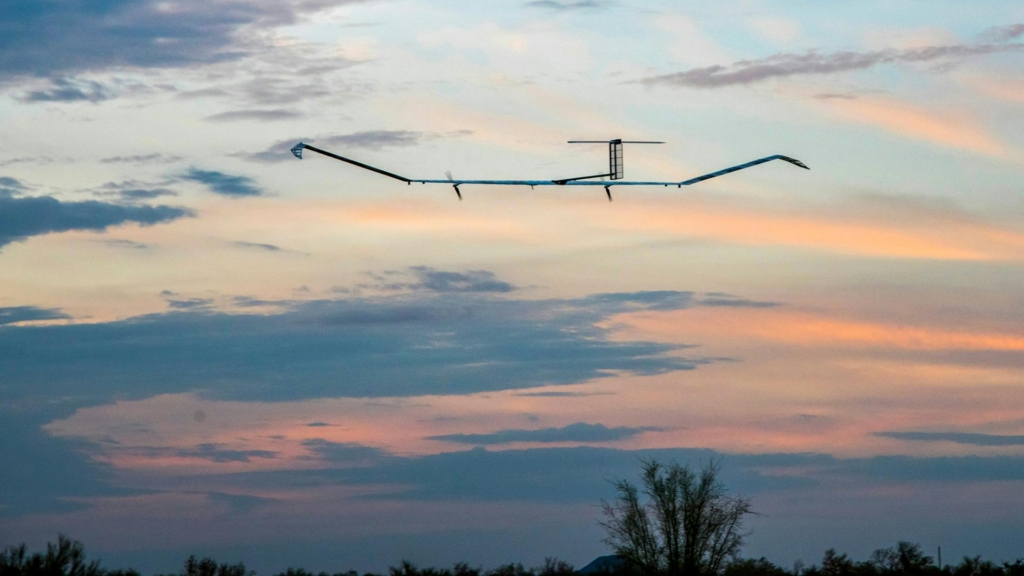
Read more: AALTO invites industry to put payloads on Zephyr HAPS
Earlier ventures, such as Google’s Loon balloon-based system, proved technically promising but struggled to reach a sustainable business model. What has changed is the increasing maturity of mobile networks, improved economics and a stronger commercial case for wide-area coverage solutions that avoid large capital deployments on the ground.
What the BN2T-4S Islander offers as a testbed for airborne 5G systems
The Islander is not designed for stratospheric flight, but that is precisely what makes it valuable at this stage. It is a rugged, certified aircraft that can operate today, carry significant payloads and access short, rough runways. Britten-Norman has produced the Islander family since the 1960s for roles including transport, surveillance and medevac.
The BN2T-4S variant, powered by a Rolls-Royce M250 turboprop, offers increased payload and power availability for telecom equipment. Its flexibility makes it well-suited to iterative testing, allowing engineers to gather real-world data across repeated sorties.

Looking ahead, technology validated on the Islander—antennas, avionics and beam-forming systems—will transition to WMS’s planned hydrogen-powered stratospheric platform. That aircraft is envisioned to deliver long-endurance operations and mass-market connectivity for as many as half a million simultaneous users, forming part of a global fleet designed to complement terrestrial networks and bolster national resilience.
Next steps on the path from 5G research flights to commercial airborne networks
The 2026 trials will not resolve every technical and regulatory challenge, but they represent an important and practical step toward routine airborne mobile coverage. If successful, WMS and Britten-Norman say their system could help extend connectivity to millions of people who still lack reliable access today.
